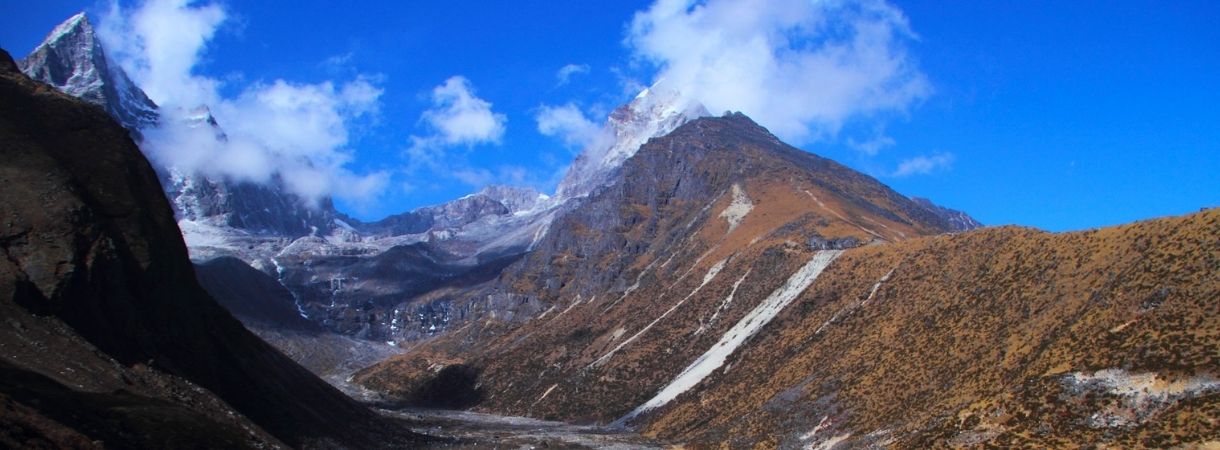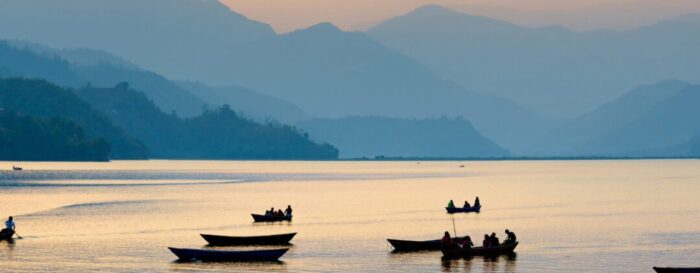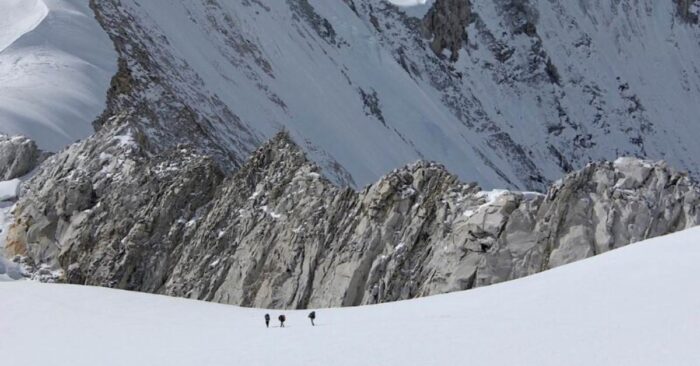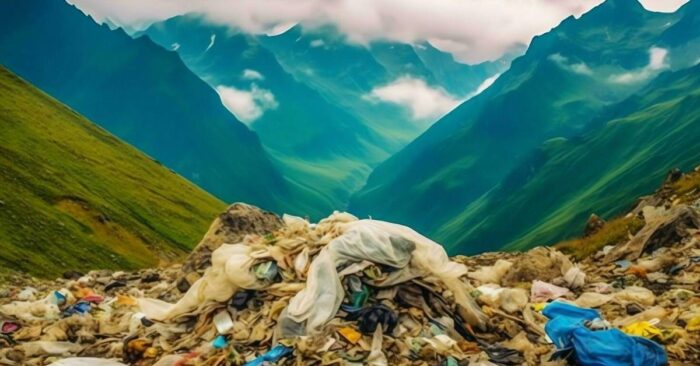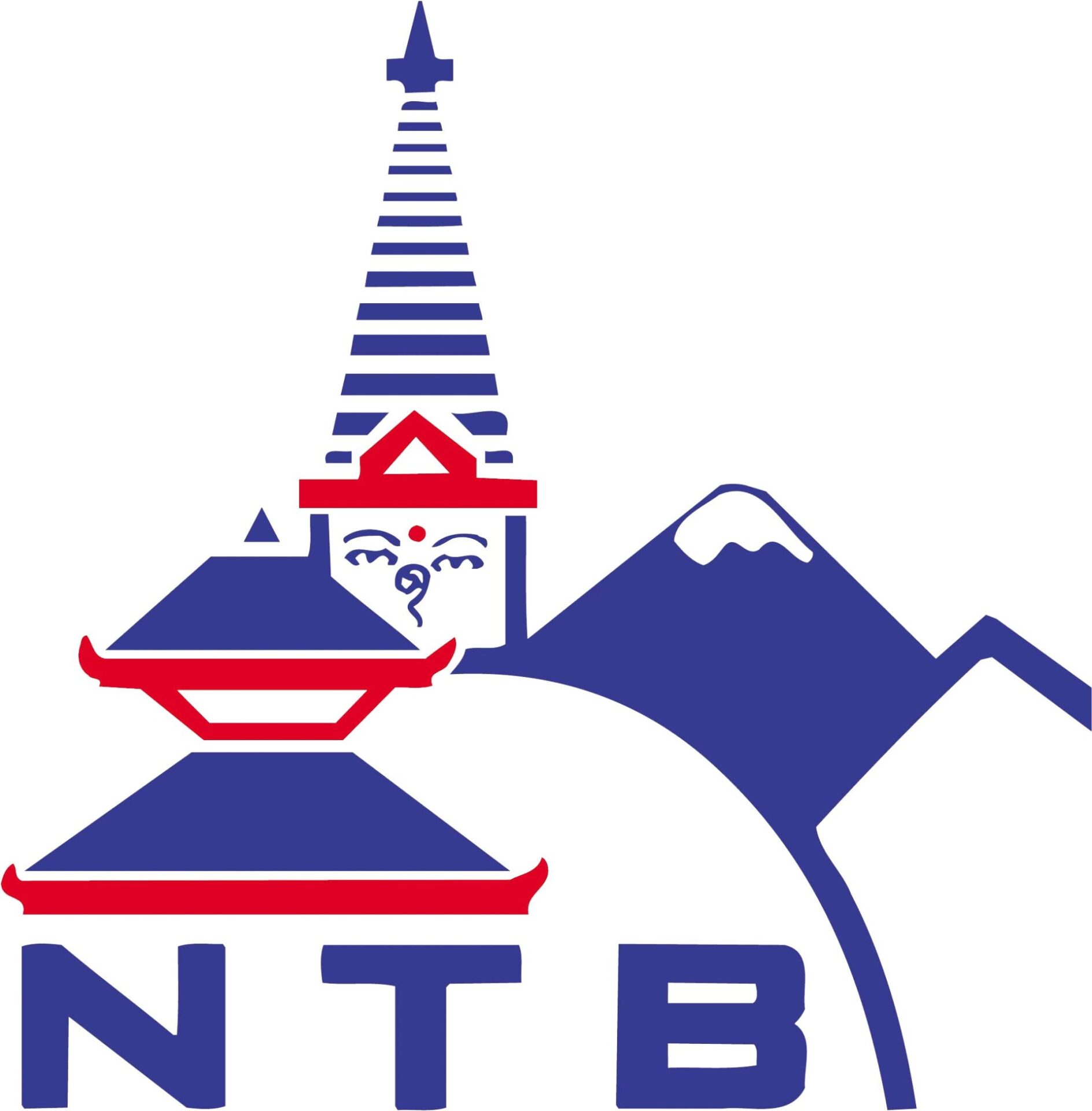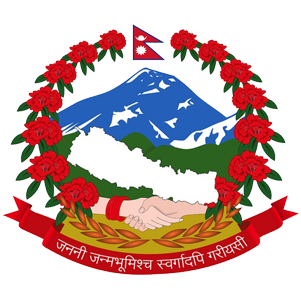The Everest Base Camp Trek is one of the most well-known trekking routes worldwide. This trek intersects with numerous trails that wind through Sagarmatha National Park. Highlights of the park include stunning mountain peaks like Mt. Nuptse, Mt. Lhotse, and Mt. Ama Dablam, as well as other remarkable mountain ranges. The trek is highly treasured due to the presence of Mount Everest, the world’s highest peak, and well-known tourist destinations such as Namche Bazaar, Tengboche, and Dingboche, as well as the serene atmosphere of the large Buddhist monastery. The main highlight of this trek is the great viewpoint of Kalapatthar, which provides an unforgettable panorama of the Everest massif. Here are the top seven tips for a trek to Everest Base Camp:
When booking your flights, leave some spare time.
When planning a trek to Everest Base Camp, it’s crucial to factor in potential delays or disruptions in your travel itinerary. Since Lukla is an airport located in a mountainous region, weather and climate conditions can be unpredictable, leading to flight cancellations or delays. By allowing for extra time in your flight schedule, you can better manage unexpected situations and ensure you have sufficient time for acclimatization and the trek itself.
Don’t forget to get permits.
Getting the necessary permits is an essential aspect of trekking to Everest Base Camp. Before starting on your journey, make sure to obtain the required permits, such as the Sagarmatha National Park entry permit and the Khumbu Pasang Lhamu Rural Municipality permit. These permits not only support conservation efforts in the region but also help authorities track and ensure the safety of trekkers. Failure to obtain the necessary permits may lead to fines or restrictions on your trek.
Don’t forget to carry Nepali currency.
While some places on the Everest Base Camp trek accept foreign currency, it is advisable to carry Nepali Rupees (NPR) for small purchases, tips, and transactions in remote areas where credit cards may not be accepted. It’s also important to note that currency exchange facilities may be limited along the trekking route, so having enough local currency ensures you can comfortably cover your expenses throughout the journey.
Experience the sunset from the Kala Pathar viewpoint.
Kala Patthar (5645 m), a renowned viewpoint near Everest Base Camp, offers one of the most breathtaking panoramic views of the Himalayan range, including Mt. Everest. To enhance your trekking experience, the best time of the day to be at this viewpoint is in the evening, when you get to witness the exceptional sunset. The warm hues of the setting sun cast over the towering peaks create a mesmerizing panorama. It’s a rewarding way to conclude your trekking day and capture unforgettable memories.
Respect Local Culture.
The Everest region is home to the Sherpa people, who have a rich cultural heritage. As you trek through local villages and interact with the residents, it’s important to show respect for their traditions and customs. Seek permission before taking photographs, dress modestly, and be mindful of local sensitivities. Embracing and respecting the local culture adds depth to your trekking experience and fosters positive interactions with the communities along the way.
Altitude Awareness.
Altitude sickness is a real concern when trekking to high-altitude destinations like Everest Base Camp. It’s crucial to be aware of the symptoms of altitude sickness, such as headaches, nausea, and dizziness, and to acclimatize properly by taking gradual ascents. Adequate hydration, proper nutrition, and listening to your body are key elements in preventing altitude-related issues. If symptoms persist, it’s essential to descend to lower elevations promptly.
Travel Insurance.
Trekking in a remote and challenging environment like the Everest region comes with inherent risks. Having comprehensive travel insurance is non-negotiable. Ensure your policy covers emergency evacuation, medical expenses at high altitudes, and potential trek disruptions. Having the right insurance safeguards, you against unforeseen circumstances and provides peace of mind as you embark on this adventurous journey.

